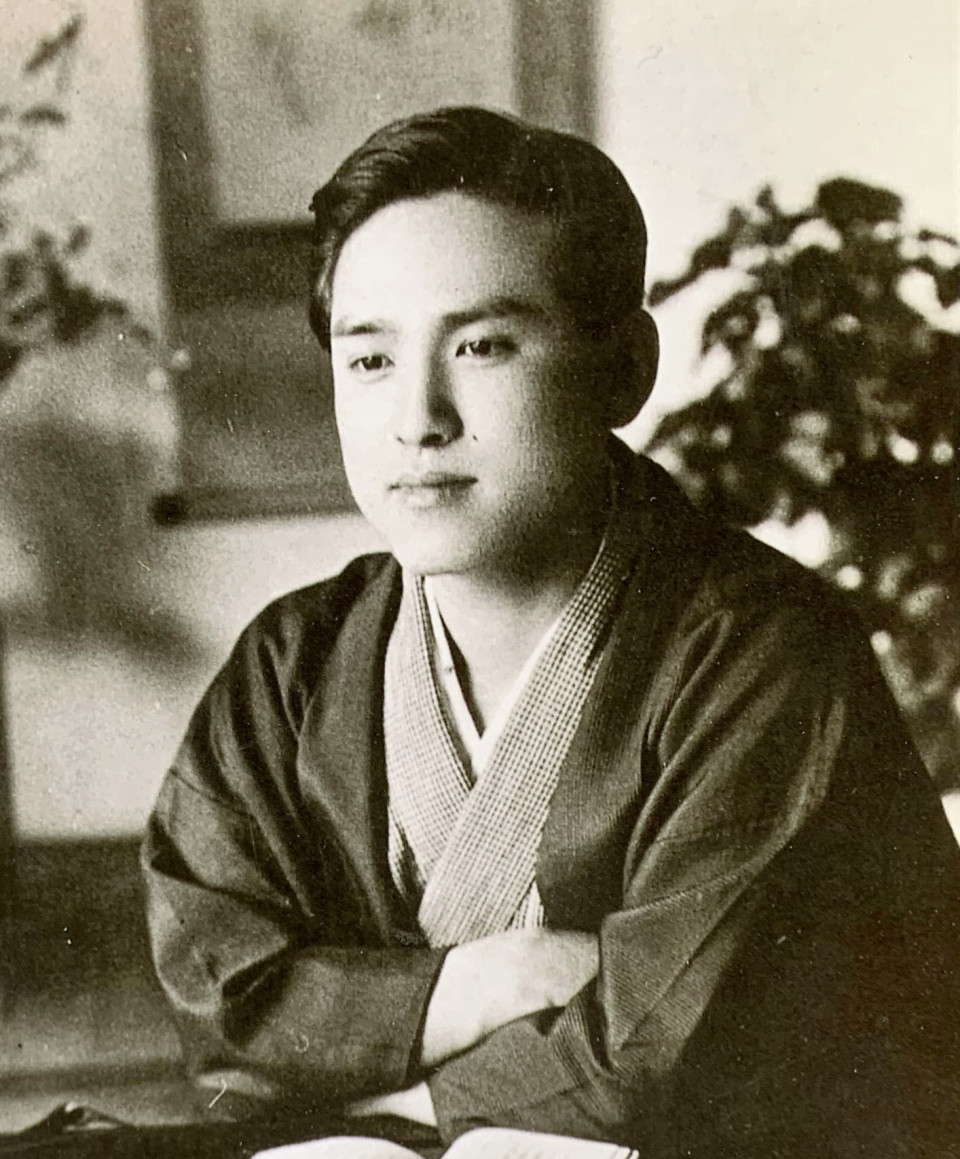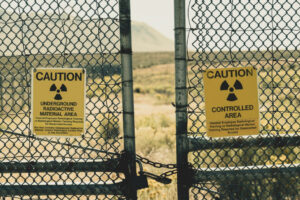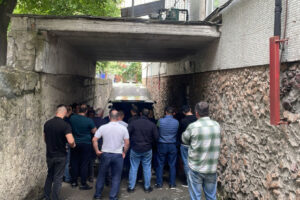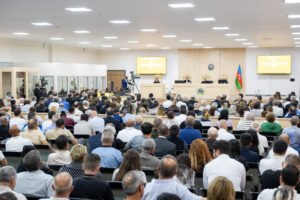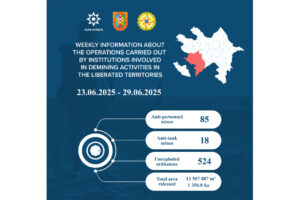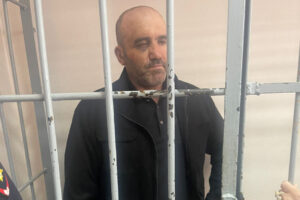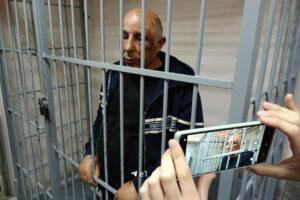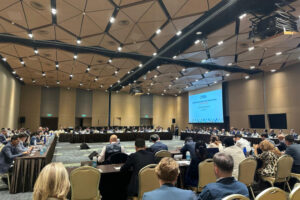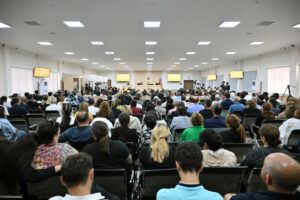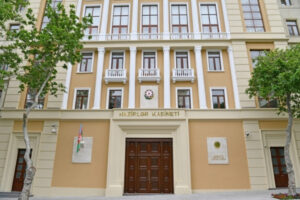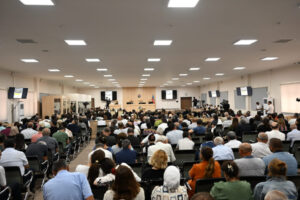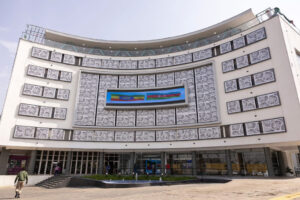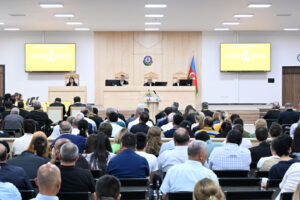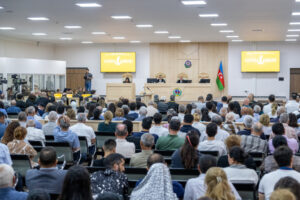Tokyo, 20 April, /AJMEDIA/
With this year marking the 100th anniversary of the Great Kanto Earthquake, a documentary film is being produced focusing on three cameramen who captured raw and confronting footage from Tokyo in the immediate aftermath of the 1923 catastrophe.
Filmed at a time when even still photography was relatively rare, the moving images taken by the three are an invaluable historical record as they provide insight into disaster response at the time while showing the widespread fires and the residents’ reactions amid the mayhem.
The documentary, titled “Men with Cameras: Filming the Great Kanto Earthquake,” expected for release this summer, is a production by the Documentary Film Preservation Center in Tokyo.
Hideyo Murayama, director general of the center, said, “It is miraculous that footage of this time exists.”
“The three young men captured images of the disaster, without regard to the dangers involved, and their selfless efforts are evident,” Murayama said. “I feel a sense of their mission to convey the message of this unprecedented disaster.”
The three cameramen were Toshimitsu Kosaka, a then-19-year-old cinematographer at Nikkatsu Mukojima Studios, Shigeru Shirai, 24, of Tokyo Cinema Shokai, and Tatsumi Iwaoka, 30, who ran a film company called Iwaoka Shokai.
The 7.9 magnitude Great Kanto quake occurred shortly before noon on Sept. 1, 1923.
Many buildings collapsed across the Kanto region centering Tokyo, while fires, tsunami and landslides occurred in various areas.
The number of dead and missing totaled approximately 105,000, with the casualties mainly clustered in the Kanto region. Fires alone accounted for about 92,000 deaths.
Kosaka, who at the time of the earthquake was shooting a dramatic film, went to the Asakusa area, Tokyo’s former entertainment district, to capture footage. Carrying the film reels, he traveled to Kyoto for a screening.
Shirai, who was in what is now Kumagaya, Saitama Prefecture, near Tokyo, took a day to return to Tokyo and film in Nihombashi and other areas.
The documentary traces the path Iwaoka traveled, about which little is known. After analyzing individual film frames, looking at the angle of the sunlight hitting the faces of passersby and comparing the remaining buildings, it was determined that Iwaoka filmed in Asakusa and Ueno, among other locations.
The film is expected to run about 80 minutes and will include audio commentary from Shirai reflecting on the time of the disaster.
After being criticized for filming the tragedy as it unfolded, Shirai defended the decision, explaining that it was not done lightly.
“We were shooting to encourage people to send food from rural areas (to Tokyo),” he said about the footage.
According to Murayama, more than 20 film reels about the 1923 disaster were found and they were shown in various locations in Japan, with the most dramatic portions edited together, regardless of whose camera filmed them.
Further analysis by the preservation center determined the footage from the first four days after the earthquake was indeed captured by the three cameramen.
Kazushige Mashiyama, curator at the Board of Education in Tokyo’s Chuo Ward and an expert on the Great Kanto quake, said, “The images showed the expressions on people’s faces and even the movement of the flames, and it must have had a considerable impact on the people in the rural areas.”
“This was also necessary to collect donations from them,” Mashiyama said.
Akira Tochigi, a visiting researcher at the National Film Archive of Japan who assisted with the film’s production, said, “This is very valuable footage that can be considered to be the beginning of the history of disaster footage in Japan.”
“By following the three cameramen who shot the film, the personality of each filmmaker’s work also became apparent.”

